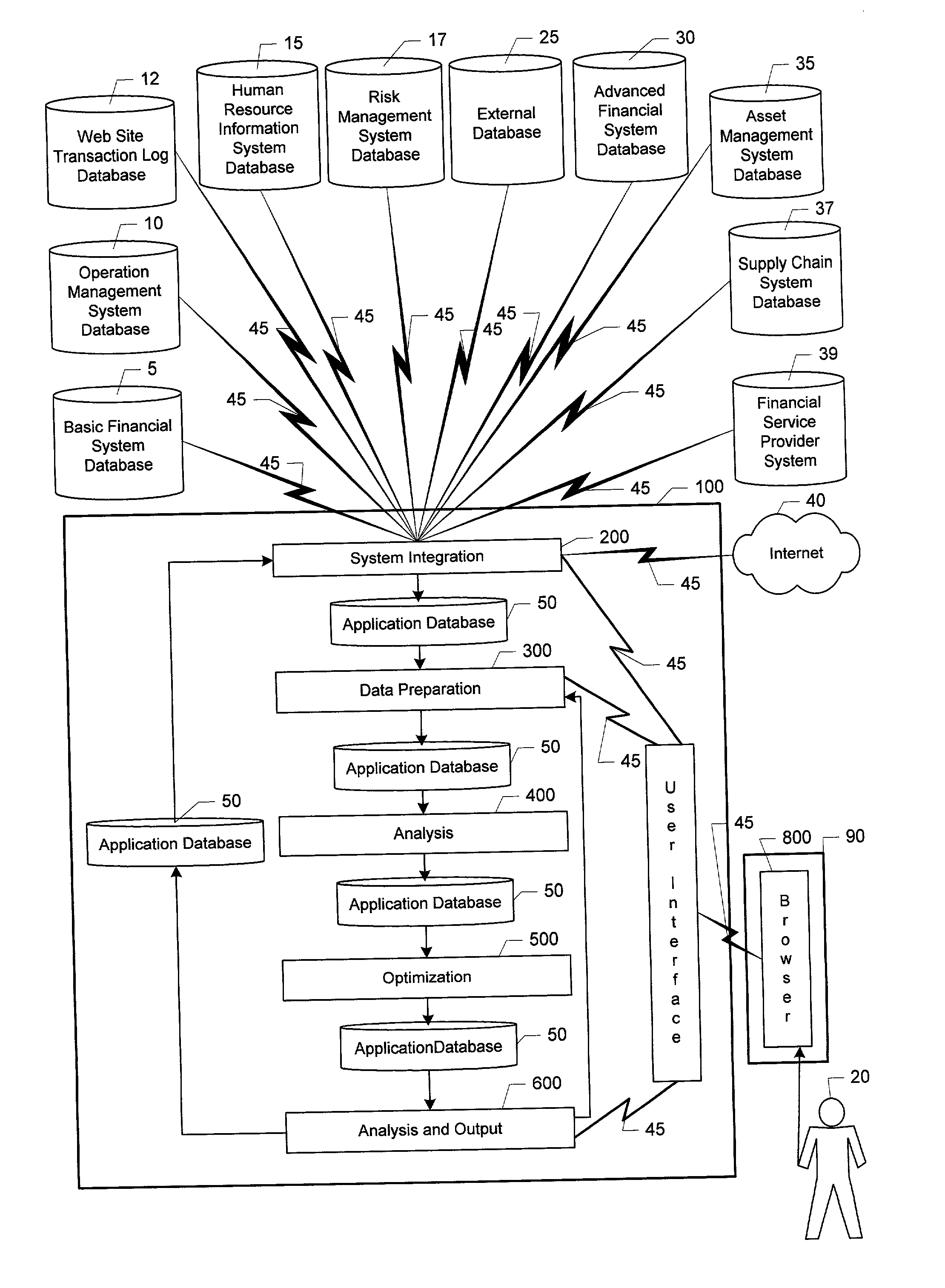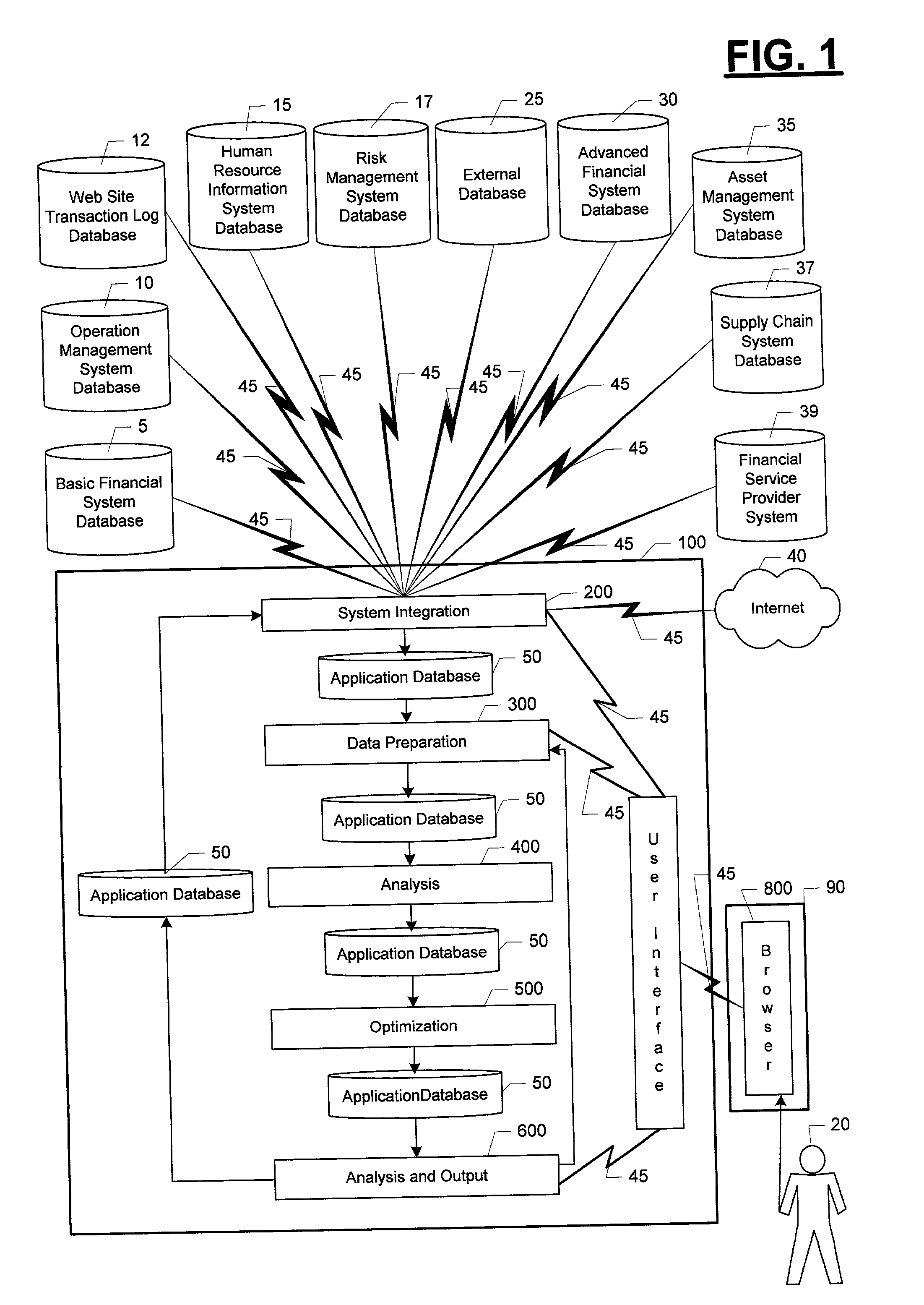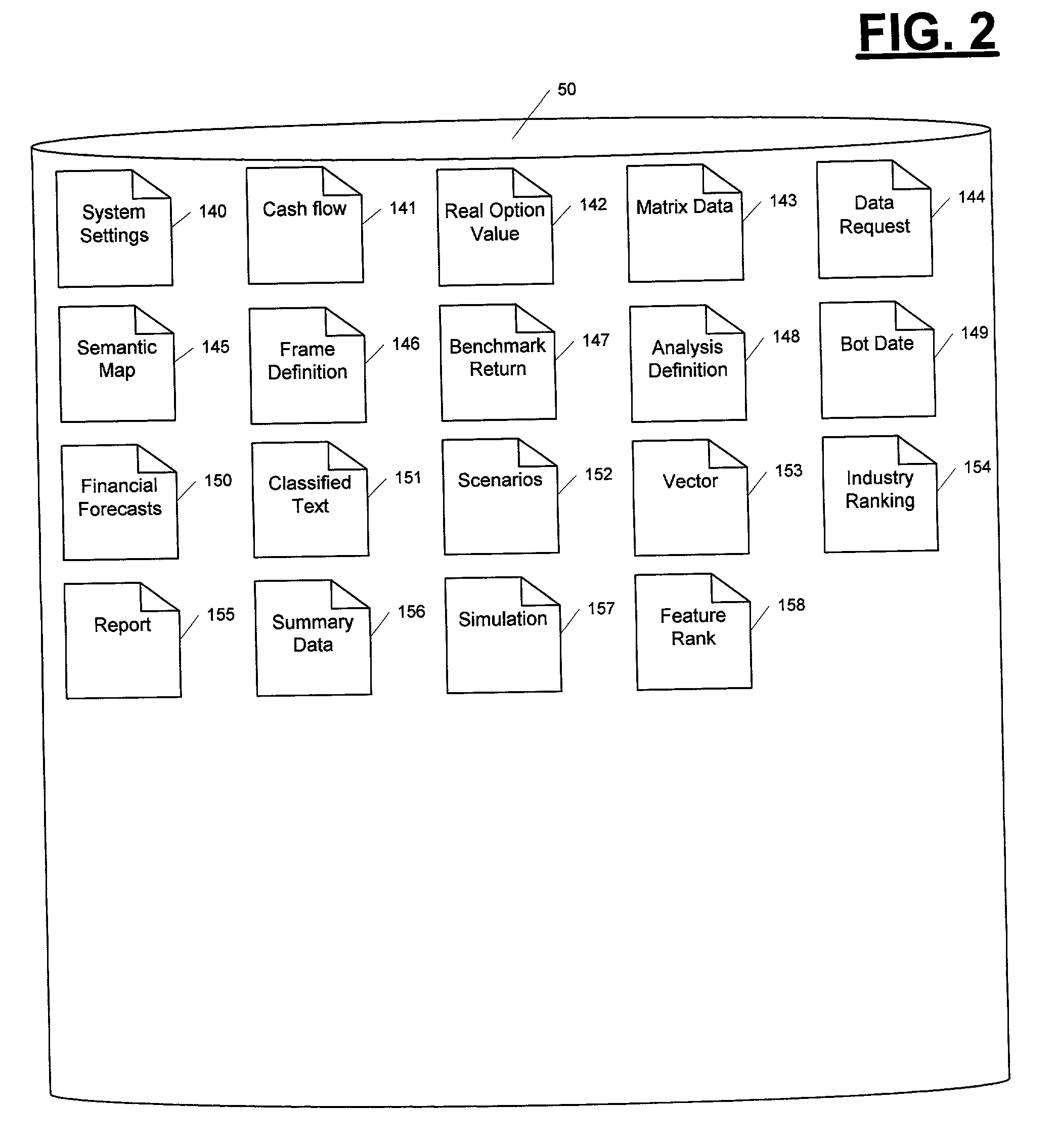Managing a business in a manner that creates long term value is a complex and time-consuming undertaking.
This task is complicated by the fact that traditional financial and risk management systems do not provide sufficient information for managers in the
Knowledge Economy to make the proper decisions.
Traditional systems are also limited in their ability to support the
effective management of multi-enterprise organizations like “virtual value chains” and corporations with multiple operating companies.
While each of these systems and their analytical extensions may have some value to some subset of the people in each organization, the usefulness of these systems to each organization as a whole is extremely limited for a variety of reasons.
The first major limitation is a product of the fact that each of the systems listed in Table 1 is limited to
processing the data associated with the element, option, process or risk they are being used to manage.
As a result, each system is in effect an un-connected island of information.
First, these systems do not have any direct insight in to the best
course of action from an enterprise perspective.
Second, they can not take in to account the interaction between different elements, processes, options and risk.
As a result, the theoretical benefits that arise from managing and “optimizing” these subsets are not clearly related to producing benefits for the enterprise or organization.
An example of the problem that overlooked information can create for an organization would be when the
customer relationship management system recommends the increase in purchase of an item for a favored customer that comes from the lowest quality, highest cost supplier.
Even if the product can be obtained, the
poor quality of the product is likely to antagonize a favored customer and the high-cost is likely to produce little profit.
Along the same lines, money may be spent to hedge commodity risk while
exposure to greater risks from environmental damage may go unexamined and unprotected.
Similar failure rates have been reported for balanced scorecard systems and
visitor management systems.
The second major limitation of all of the systems listed in Table 1 is that they are exclusively focused on only one segment of enterprise value.
However, in many cases the greater part of the market value
impact from
effective management of an element, option, process or risk is overlooked when the other segments of value are ignored.
The third major limitation of the systems listed in Table 1 and Table 2 is that they have a piecemeal approach to risk analysis.
More specifically, none of the systems listed in the two tables can complete an integrated analysis of all four major classes of risk facing an enterprise: element variability risk, external factor variability risk,
event risk, and market risk.
In a similar fashion, most
event risk analyses are limited to analyzing the
impact of natural disasters, weather and accidents while ignoring far greater potential damage from events caused by competitor actions and customer defection.
This limitation extends to all known attempts to manage specific risks and all known attempts to manage enterprise risk.
The problem with this is that some risks are analyzed in detail while other risks—which may be more significant—are ignored.
The fourth major limitation of the systems listed in Table 1 and Table 2 is that they do not in any way address the inter-relationship between the return from the elements and options within the enterprise and the risks facing the enterprise.
A closely related limitation of even the most advanced enterprise risk and enterprise financial management systems is that they do not provide any information about expected value given the risks facing the enterprise or organization.
However, this solution does nothing in the short or
medium term to solve the problem.
Replacing the existing narrowly focused systems also does nothing to leverage the enormous
installed base of narrowly focused systems that many multi-enterprise organizations have installed over the years.
It is also worth noting that while these systems leave a lot to be desired in their capabilities for financial management and analysis, they also perform administrative functions that are valuable and can not readily be discarded.
Because writing customized interfaces is very
time consuming, very few systems have real time interfaces and even fewer are fully integrated with other systems.
Unfortunately, the same narrow perspective that limits the effectiveness of the systems listed in Tables 1 and 2 has also permeated the attempts to establish standards for communicating between systems.
Unfortunately, a customized interface would still be required just to obtain the data required for measuring and optimizing financial performance for the multi-enterprise organization using the six standards from the narrowly focused systems listed in Tables 1 and 2.
 Login to View More
Login to View More  Login to View More
Login to View More 


